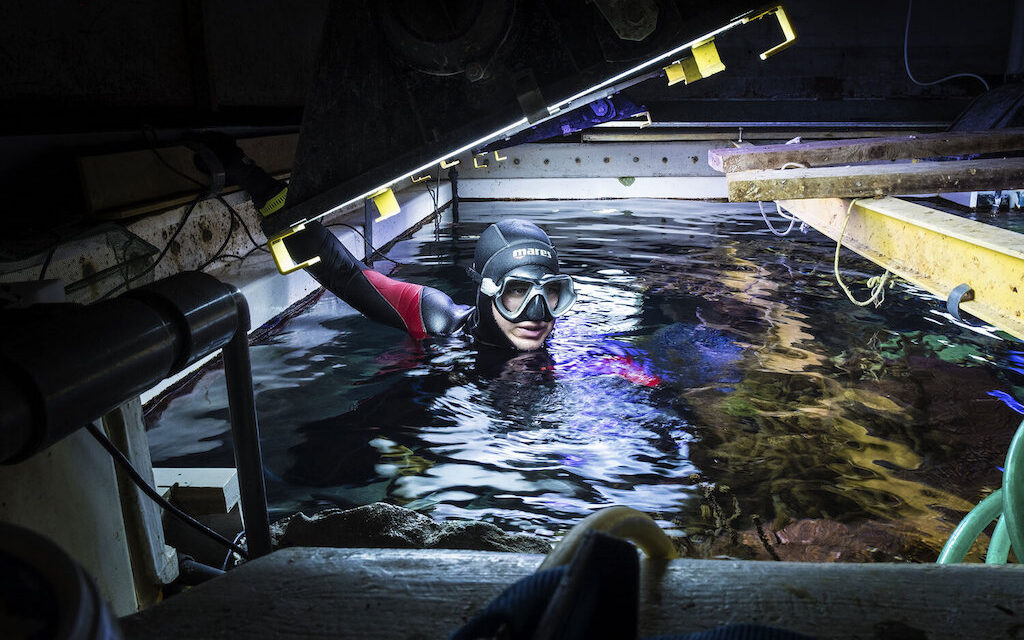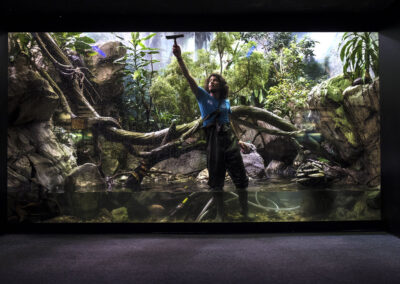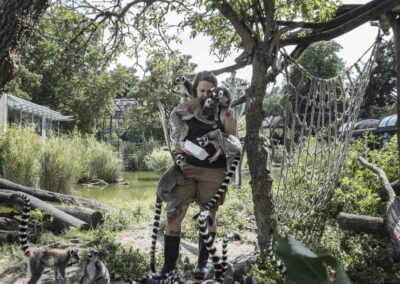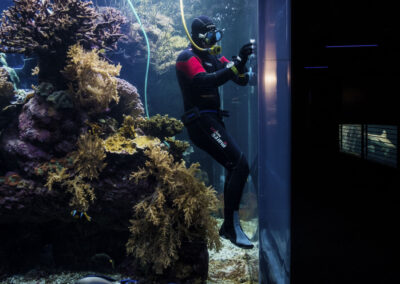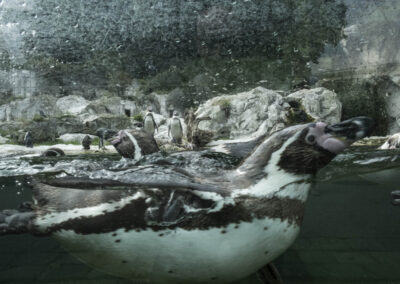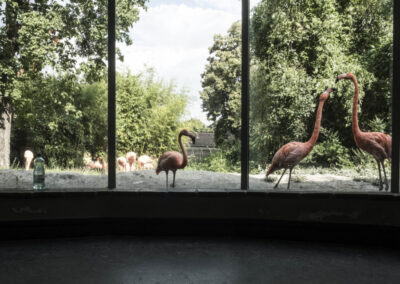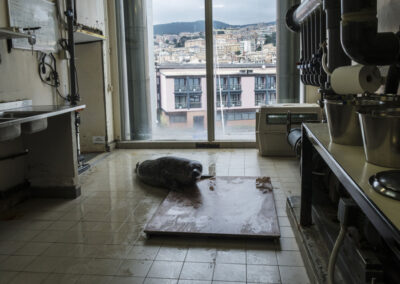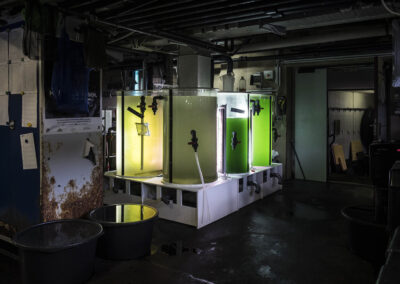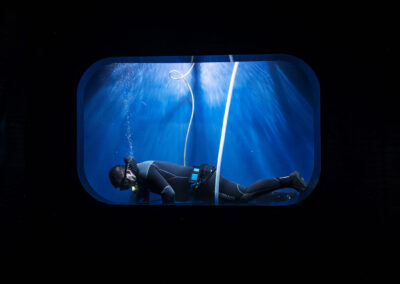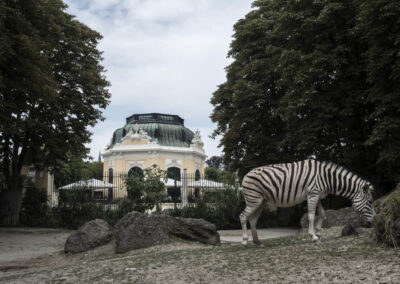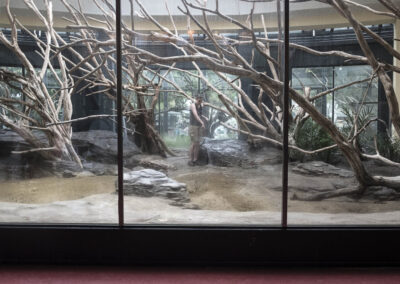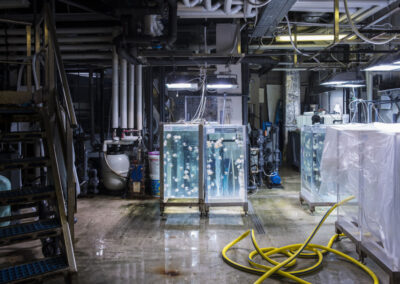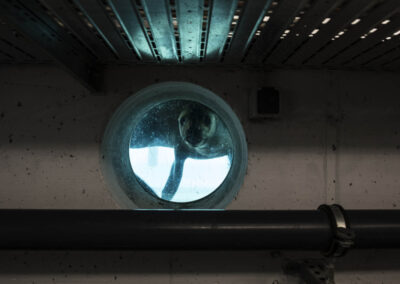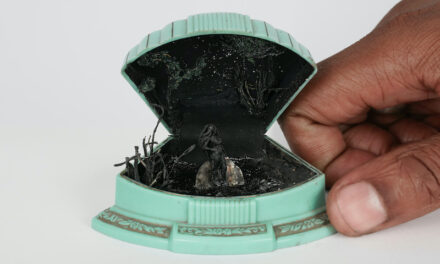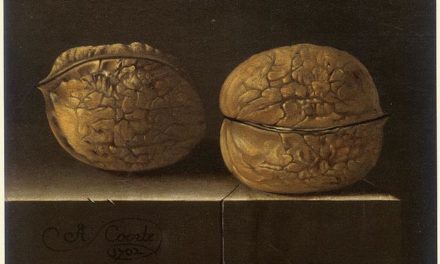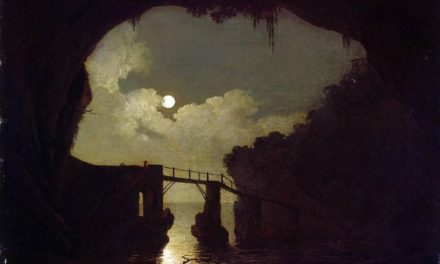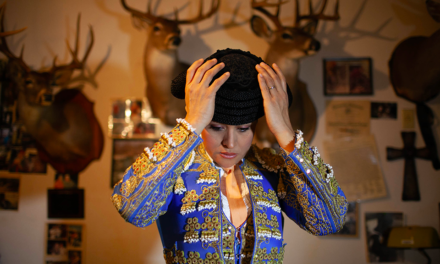Behind the Glass
Photography by Gianmarco Maraviglia
Interview by Veronica Gorodetskaya
Italian photographer Gianmarco Maraviglia’s “Behind the Glass” photo series reveals a largely unseen “backstage” of European aquariums and zoos. On the surface, the series looks at the production (and spectacle) of captivity in “spaces created in the image of reality.”
On a more nuanced level, the series invites viewers to reflect on the animals’ artificially created reality and the fabricated wildlife environment upon which humans come to gaze. However, with the increasing popularity of highly bespoke modern synthetic spaces and experiences, Maraviglia’s more pressing question seem to be whether we as a culture are settling for fake over real.
The following interview has been condensed and edited for clarity.
This project is very different from your previous work, which focuses on the human impact of social, political, and environmental issues. How did you become interested in this topic?
To be completely honest, I decided to do it because I had access to the “backstage” of the aquarium. I wanted to do something for the editorial market that I was quite sure would sell. The Aquarium of Genoa is Italy’s largest and has lots of features. So the idea was to do a light and easy story about animals–a behind-the-scenes of the aquarium–but, as usual, it turned into something different. After my first trip, an Austrian magazine asked me to go deeper into the story. I had a lot of material, and I decided to make my own edit, telling a completely different story– the difference between what is real and what is fake, which is totally contemporary.
Do any of the themes or ideas in this series connect to your past projects?
I don’t have a red line that connects all my work. Some of them, yes, especially when I travel to difficult areas of the world like Iraq, Nagorno-Karabakh, or Lebanon, where something’s happened. My approach is always to show a different reality than the stories the media wants to tell about these places. For example, if we think about Iraq, the first thing that comes to mind is war, and I wanted to show another side of Iraq. So I did a story about Iraq’s cinema industry. This story takes the same approach. Everyone knows the Genoa Aquarium, but they only know it in a certain way. There’s the behind-the-scenes aspect, but the series is also a kind of metaphor for reality.
How did you choose what to show? And what did you want to come across to the viewer?
From the very start, I asked for total access to all the things that a normal visitor doesn’t get to see, from the people feeding the animals to the cleaning of the cages. In terms of a journalistic approach, I documented how things work and how it is possible that all these animals find their environment clean every day. After a while, I used this access to move my camera in another direction that shows how these spaces pretend to be real and actual environments. In the pictures, you can notice details–a wall, a lamp, or the presence of a human being–that bring you into this kind of fake reality of the aquarium.
The juxtaposition of natural elements (lush plants, rocks, water, and animals) and artificial ones (windowless rooms, holding tanks, neon-colored solutions, wires, and glass barriers) feels unsettling, disturbing even. In terms of composition, was this dichotomy of natural vs. unnatural something you wanted to capture right away?
I like that word, disturbing. It was, of course, my choice. I have a large edit of this work, some of which was published in National Geographic. When you publish in National Geographic, you have to have a straightforward approach to the story, to show what is going on there, how things work, how they feed the animals. But I also worked on a parallel story in which viewers cannot exactly understand if they are in a jungle, the North Pole, an aquarium, or the sea. You have to look at the picture and find details that bring you exactly where I want you to go.
And what do you want people to feel when they look at these images?
I received a lot of feedback about this project from readers and people who came to the exhibition. Some considered it environmental, protecting nature or something against zoos and these kinds of structures. At this stage, the project is an artistic idea of what we are supposed to see, one that talks about our world in a different way.
For me, the series raised many questions about our perception of reality–the real over fake–and the artificial elements that are now shaping human experience in the digital space and elsewhere. As if we’re living in a sort of fishbowl.
Yes, that’s exactly the point. And this is what social photojournalism should do. I could tell the same story in a human environment documenting life in an office of a big company. It’s certainly the same view I have of some human environments.
Humans are vital in these spaces. From space design to daily cleaning, a lot of work goes into the illusion for both the people coming to experience it and the animals living in it. Can you talk about that?
All the people I met are very committed to what they do. They love the animals they take care of. I don’t know if they ask themself if what they are doing is right or wrong. I mean, animals in these structures will die in a few days without humans. They keep them alive. Many of these animals are born in these structures. They are supposed to be free, but this is reality for them.
What are you working on now?
I just had an exhibition for a project called “Mermaid Tears.” I found thousands of tiny plastic balls, two millimeters in size, on the beach. They are so small that you can’t tell they’re not stones. They are called nurdles. The DNA is plastic. Thousands of tons are lost at sea yearly during transport from China to Europe. I collected hundreds and took pictures with a macro lens. I made them very large, about one meter wide, on a white background. They became different colors and shapes. I wanted to make something so small that it goes unnoticed big. We are not aware of the problem. And my idea was to make these nurdles bigger so we could see what we were doing.
I also work a lot on assignments. At the moment, I am documenting the water scarcity in Northern Italy. And I’m shooting advertising campaigns for some international brands. It’s difficult to plan a long trip somewhere, but I’d like to go back to Transnistria–where I’ve been many times–to work on another part of a project that tells the story of this country through the eyes of a younger generation.
Gianmarco Maraviglia is a photojournalist from Milan who works mainly on social and environmental stories. His projects have been published by some of the most important international publications, such as Der Spiegel, the Washington Post, CNN, National Geographic, Vanity Fair, Bloomberg, Newsweek, and many others. His photos have been exhibited in several exhibitions in Italy and abroad and are part of some private collections. He was the founder and director of the Echo Photojournalism agency and a lecturer in Photography at the European Institute of Design and Officine Fotografiche Milano. He hopes to leave a better world to my two kids, Olivia and Yago.

